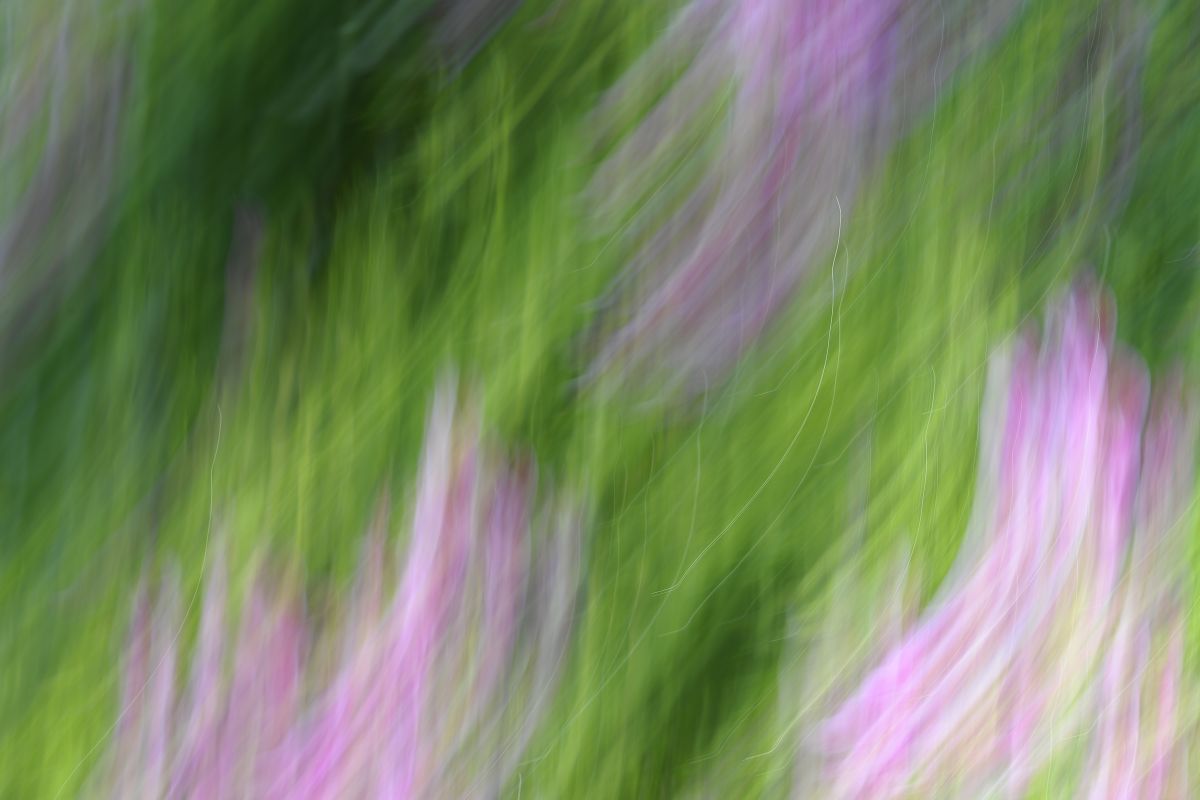Photography can inspire us to imagine new worlds and new answers
When it is said that photography cannot be separated from the representation of reality it must not be forgotten that painters too sometimes exploit blotches and stains, cracks, lumps and mould in informal art, in a break from tradition.
Not by chance, Edward Weston makes sand an abstract motif, reminding us of Jackson Pollock’s not so distant "Action Painting" experiments.
We must not forget that Kandinsky declares that even objective reality can be viewed as abstract if we disregard daily routine and Giorgio Moranti suggests that "nothing is more abstract than reality ".
In abstract art, colour is freed from the requirement of representing something.
Instead of through chemical or electronic means, images emerge in the crucible of emotions and feelings
Uniting forms and colours by the use of light to create something personal, enhances even the most ordinary objects, transforming them in a wider perspective. Because colour can be the language with which the eye speaks to the soul.
The informal artist, who works in a not always easily understood or immediately perceived poetics, is an explorer who is often in search of instantaneous, instinctive documentation for perception that is more human that mechanical.
But perhaps Ernst Gombrich’s observation that underlines the relationship between art and psychology, and points out how certain aspects of drawing can influence our perception of images, could also apply to photograpy.
Perhaps, at the moment the shutter is released, photography really can freeze time and work the miracle, so difficult to do nowadays, of “living in the present”.






